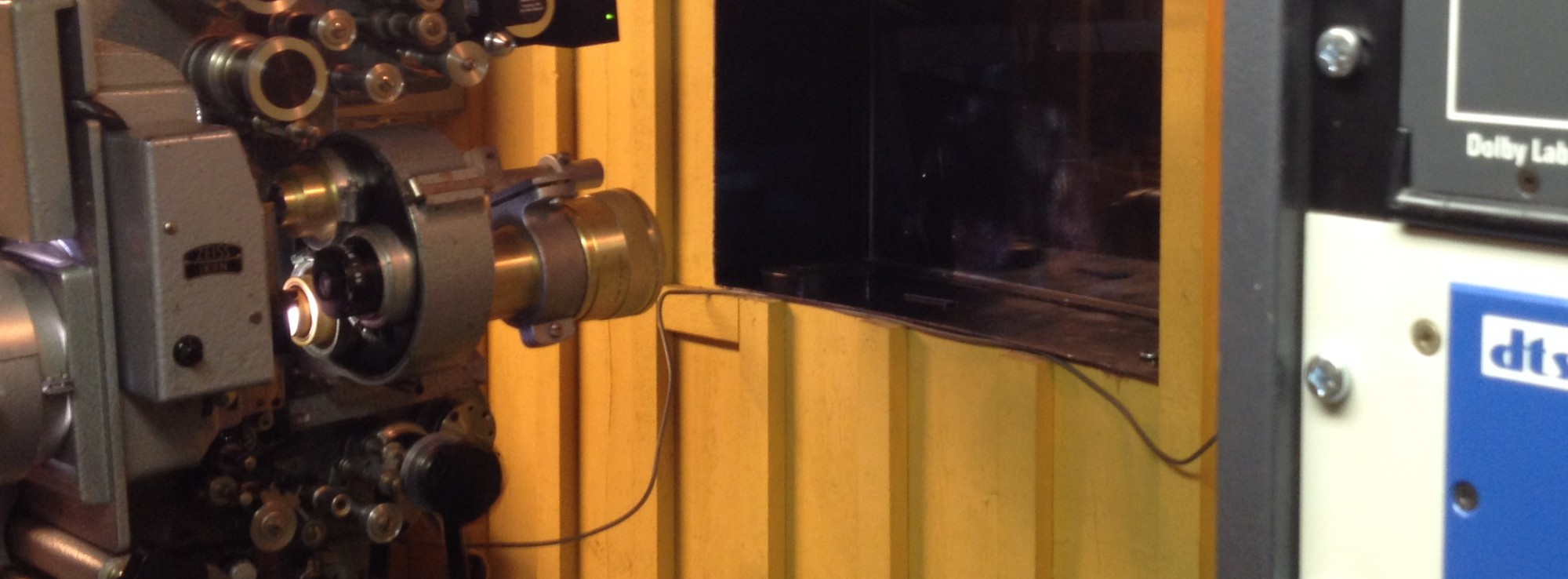The next Göteborg Film Festival is almost upon us.
The last festival I worked was three years ago almost to the day. Over the years, I ran literally thousands of shows for them, most in 35 mm but a select few in 70 mm and a couple of them in 16 mm. I was and remain a film projectionist. I did finish up with some videos, though, when they installed that Barco thing in the booth some years back. I quit when the format became the norm. In my last year, every single feature I ran was measured in pixels, so there was no longer a point in continuing. It was good while it lasted, though, and I don’t regret a single minute of it.
Every year, some weeks before the festival would begin, I’d have at least one dream about the festival and my projection booth. Sometimes I’d climb the stairs only to find that they’d rebuilt the booth or turned the projectors to point in the opposite direction, and sometimes they’d have relocated the whole theatre. I recall several dreams where the transport people – the guys and gals who’d carry the physical prints from one venue to the next – would turn up when I was about to start a show and ask me all kinds of questions about where print A was or if I had yet rewound print B or inspected print C that should actually be replaced with print D. They’d show up right about when I was pulling the curtain, interrupting me, disrupting my flow, bothering me. And inevitably something would go wrong.
I’ve dreamt a thousand variations of the basic theme. I’m about to start the first show; something happens to throw me off.
And here’s the funny thing: I still have those dreams, three years after leaving. And they’re still based on the same concept: I still work at the festival and as I’m about to start the first show, something goes wrong. I guess this is how important the festival is to me, and how much I still miss it.
Don’t get me wrong. I don’t have a desire to run a single digital show again, ever. Not even fleetingly. Clicking Play is the very antithesis of everything I believe in terms of film projection. But I do miss the time when I was running actual film prints in a darkened booth, one after another, up to seven or eight features a day plus a number of shorts, trying my very best to provide the best show I could for each and every one. I miss leaping down the projection booth stairs to the auditorium to listen and to fine-tune the sound level. I miss inspecting the prints. I miss planning a show days in advance. I miss being one with my projection equipment.
And so, I guess, I have these dreams. I had the best profession in the whole wide world and it’s now all over.
